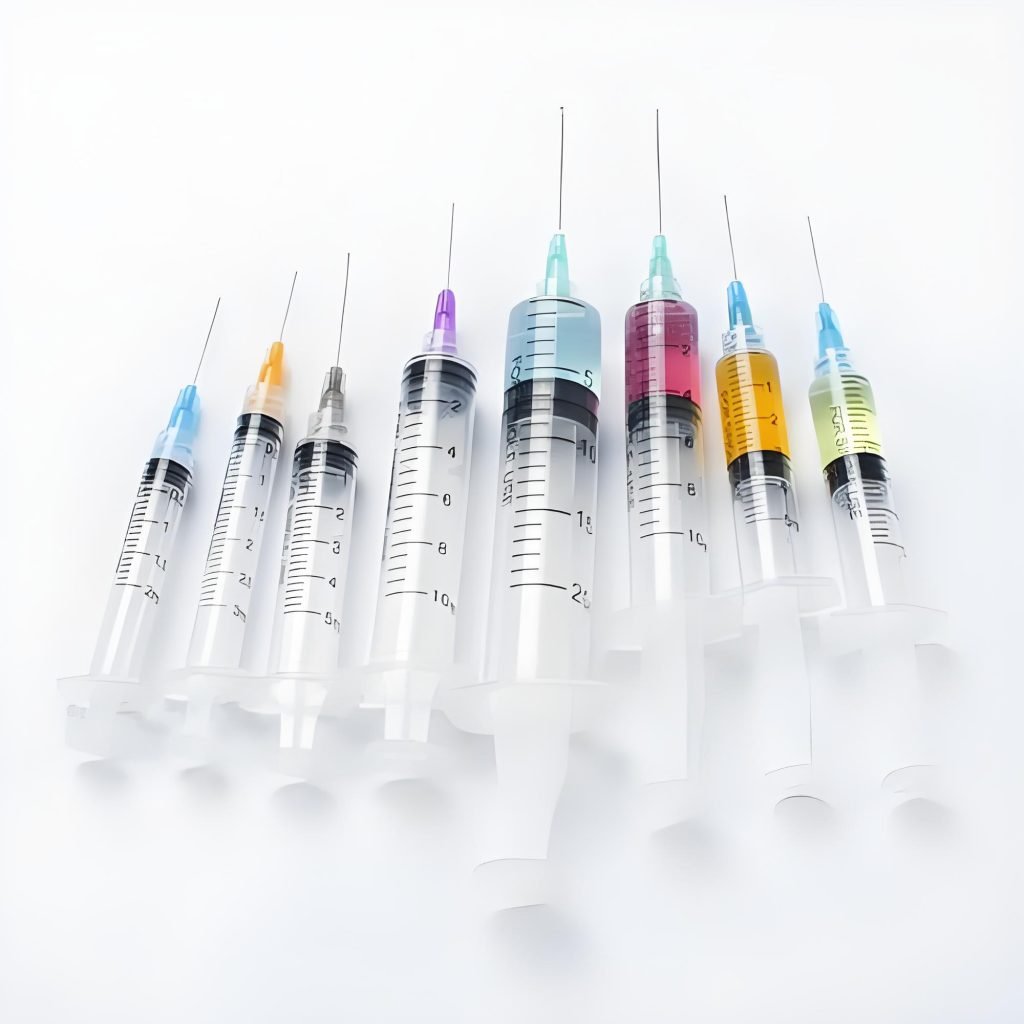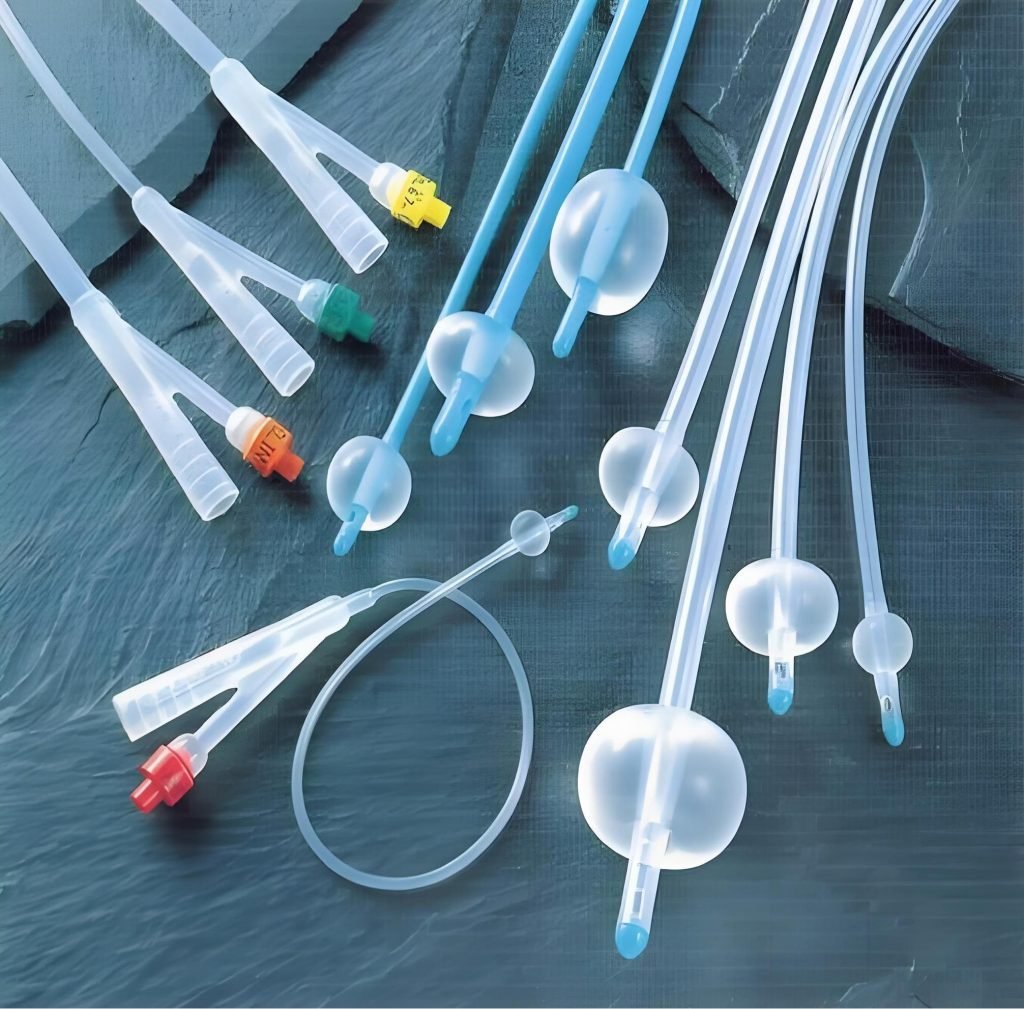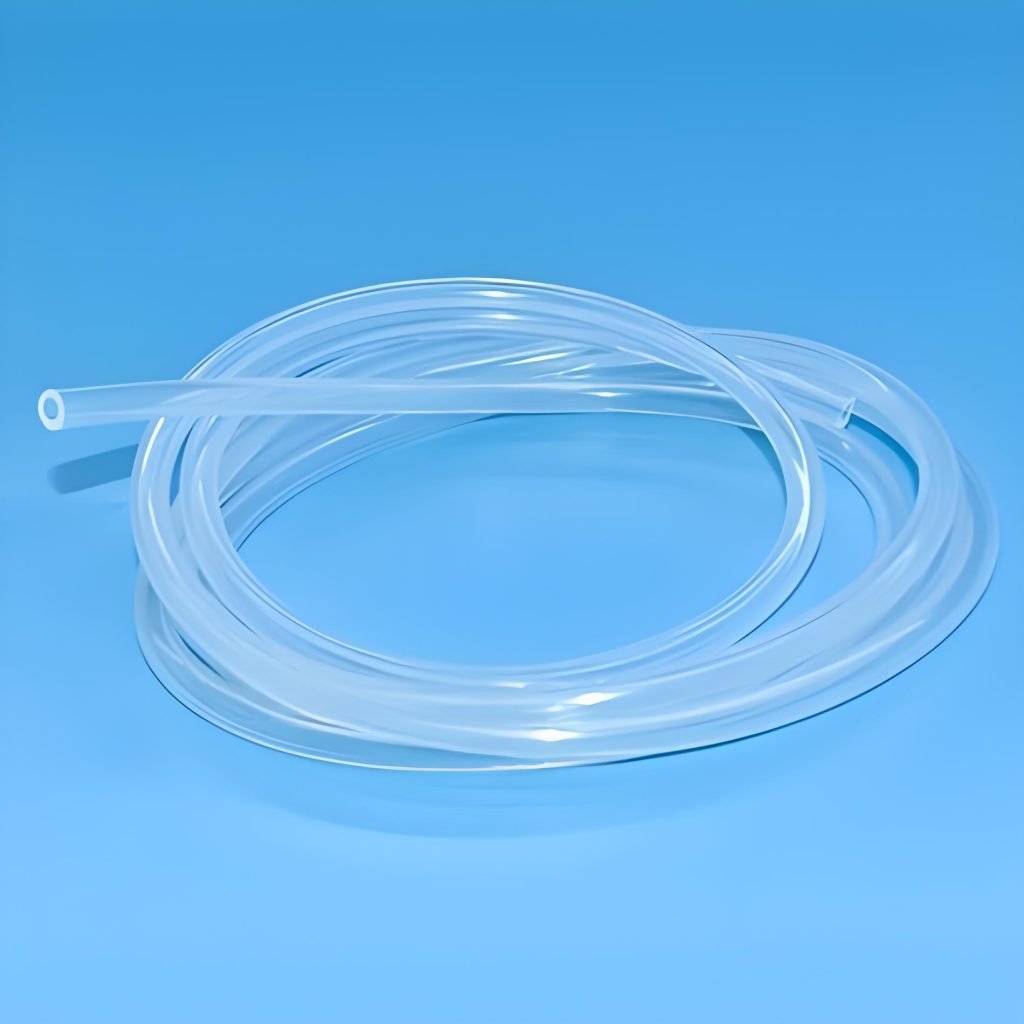Medical-grade silicone stands as a cornerstone material in the development of numerous medical devices, prized for its unique properties. It is widely recognized as one of the most biocompatible materials available for interaction with the human body.
From long-term implants like pacemakers and joint replacements to short-term devices such as catheters and surgical drains, its inert nature minimizes adverse reactions.
However, for safe and effective use in the medical industry, silicone must meet the rigorous demands of biocompatibility standards for medical devices. Let’s learn more about ISO 10993, the importance of biocompatibility for medical equipment, and different testing requirements and methods for ISO 10993.

What is ISO 10993?
ISO 10993 is a series of international standards that provide guidelines for the biological evaluation of medical devices. These standards aim to ensure the safety of medical devices by assessing their biocompatibility. This means the device’s ability to function appropriately within the body without triggering adverse reactions.
Each specific standard within the ISO 10993 series focuses on a distinct aspect of a medical device’s biocompatibility. This includes rigorous assessment of potential harms like cytotoxicity (cell damage), sensitization (allergic responses), irritation, and systemic toxicity (effects on the whole body).
It’s like a structured set of instructions and procedures for manufacturers, regulatory bodies, and subject-matter experts conducting evaluations throughout the lifecycle of medical devices.
Importance of Biocompatibility Testing for Medical Materials
Biocompatibility testing is done on a wide range of medical devices such as implants, diagnostic equipment, catheters, surgical drapes, or syringes. A medical device introduced into the body can trigger different biological responses, ranging from mild skin irritation to severe reactions. According to a report by The Guardian, faulty medical implants have affected more than 1.7 million people, causing 83,000 deaths.
Thorough testing helps you analyze whether a medical device meets the biocompatibility standards or not. It guarantees the long-term efficacy and safety of medical devices, and ensures that these devices remain safe and functional for a longer period.
Regulatory bodies like the FDA or European Medicines Agency (EMA) also require strong biocompatibility data for approval. Good test reports make it easier and faster to get your device approved, saving time and costs.
Medical Grade Silicone and Its Importance
Medical-grade silicone is a specially formulated type of silicone often used in medical devices and implants. It is typically manufactured through injection molding where liquid silicone is injected into a heated mold under pressure. The result is strong and durable silicone parts that are strong, resilient, and biocompatible.
Medical-grade silicone’s unique properties make it an integral material in a wide range of medical technologies such as implants, medical device components, and respiratory devices.
Let’s take a look at some of the key properties of medical silicon that make it a preferred material in the medical field:

1. Biocompatibility and Safety
Silicon exhibits excellent biocompatibility within the body. Its hydrophobic nature and low surface tension contribute to high hemocompatibility. This helps in minimizing blood clot formation and reducing encrustation when exposed to bodily fluids. These properties make it ideal for diverse biomedical applications, including medical inserts, drains, shunts, and urinary catheters.
2. Durability and Flexibility
Medical-grade silicone is used in many biomedical implants like heart devices, joint replacements, and nerve stimulators. Its robust durability allows it to endure the demanding conditions within the body, resisting wear and tear. The inherent flexibility allows it to handle the body’s constant movement and lasts a long time without breaking down.
3. Chemical and Temperature Resistance
Silicone is well-known for its ability to withstand both high temperatures and various chemicals. This resistance is crucial in the medical field, where devices often undergo sterilization processes, such as autoclaving, which involves high-pressure steam.
ISO 10993: Biocompatibility Tests for Medical-Grade Silicone
Here’s a breakdown of different tests for ISO 10993 testing of medical-grade silicone:
- Cytotoxicity (ISO 10993-5): One of the most important ‘Big Three’ tests in biocompatibility. This test assesses whether the silicone material releases substances that are harmful to cells.
- Irritation or Reactivity (ISO 10993-23): This test aims to determine if the silicone causes local irritation to the skin or tissues.
- Skin Sensitization (ISO 10993-10): It determines whether the silicone can cause allergic reactions in the patient upon repeated exposure.
- Material Characterization (ISO 10993-18): It is a chemical characterization that involves identifying and quantifying the constituents of the silicone, including any additives, processing aids, or potential leachables.
Note: These examples are just a fraction of the different evaluations required. There are other tests and verifications, including assessments for systemic toxicity, hemocompatibility, and potential for genotoxicity and carcinogenicity to verify the safety of silicone-based medical devices.
Biocompatibility Testing Process for Medical-Grade Silicone
Biocompatibility standards testing for medical-grade silicone involves different stages, including material characterization, risk assessment, and in vitro/in vivo testing. All of these are guided by the International Standard ISO 10993.
Risk Assessment for ISO 10993
The initial step in testing medical-grade silicone under ISO 10993 requires understanding the device’s purpose and how long it will contact the body. This information is followed by a risk assessment to select ISO tests, such as those for cytotoxicity, sensitization, irritation, systemic toxicity, and blood compatibility.
These tests are performed in specialized labs according to ISO guidelines. After that, the results are carefully analyzed and compiled into a detailed report. This report concludes the silicone’s biocompatibility according to ISO 10993 for its intended medical use.
Sample Preparation and Test Environments
For testing, silicone polymers are processed, cut, shaped, or extracted under specific conditions (temperature, time, solvent). The purpose is to simulate the device’s real-world application and potential release of substances. These samples are then tested in controlled lab environments that replicate physiological conditions to assess biocompatibility accurately.
Common Test Methods and Equipment Used
The specific test methods and equipment vary depending on the ISO 10993 part being followed. Some common examples include:
- Cytotoxicity (ISO 10993-5): It is conducted in cell culture incubators, microscopes, and assays to measure cell viability.
- Sensitization (ISO 10993-10): Animal models (e.g., guinea pigs), patch testing materials, and observation of skin reactions.
- Irritation (ISO 10993-23): Animal models ( e.g., rabbits), application devices, and scoring scales for skin or mucous membrane reactions.
Applications of Medical Grade Silicone in Different Medical Devices
Medical-grade silicone is widely used in healthcare products due to its biocompatibility, durability, and safety. From implantable devices to intricate components, silicone’s versatility addresses diverse medical needs:
1. Implantable Devices
Silicon is the most common material used in long-term implants such as pacemakers, implantable cardioverter-defibrillators (ICDS), breast implants, and joint replacements (as components).
2. Medical Tubing and Catheters
The flexibility and inertness of silicone make it ideal for various tubing applications, including intravenous (IV) lines, drainage tubes, feeding tubes, and catheters (urinary, cardiovascular).

3. Device Components and Seals
Silicon has a crucial role in the manufacturing of gaskets, valves, and other components for medical equipment. It helps in creating tight, flexible seals for a leak-proof operation in devices like respirators, dialysis machines, and surgical instruments.
Partner with Fecision for Biocompatible Medical Silicone
Verifying the biocompatibility standards of medical-grade silicone is essential for both patient well-being and the proper functioning of medical devices. This process is carefully directed by ISO 10993 standards. From detailed material analysis to thorough lab and living organism tests, each stage plays a vital role. An in-depth approach ensures that medical devices made with silicone are safe, effective, and meet necessary regulations, ultimately benefiting patients.
For the best biocompatible medical silicon solutions, partner with Fecision. Our advanced techniques ensure precise and consistent production of complex medical device components.
Utilize our expertise for high-quality, reliable silicone parts that adhere to ISO 10993 standards.



